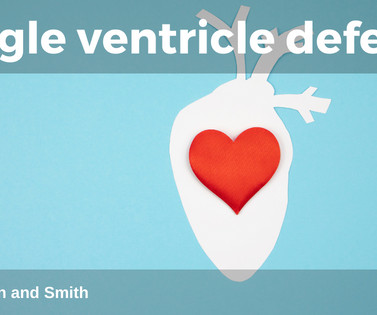The Latest in Critical Care, 1/29/24 (Issue #27)
PulmCCM
JANUARY 29, 2024
Patients presenting with hypothermia should not be warmed too quickly (allowing their temperature to increase by <0.5°C/hour). Epinephrine remains the drug of choice during CPR Epinephrine remains the first-line therapy for cardiac arrest due to non-shockable rhythms (i.e., ECMO used as CPR is referred to as ECPR.)























Let's personalize your content